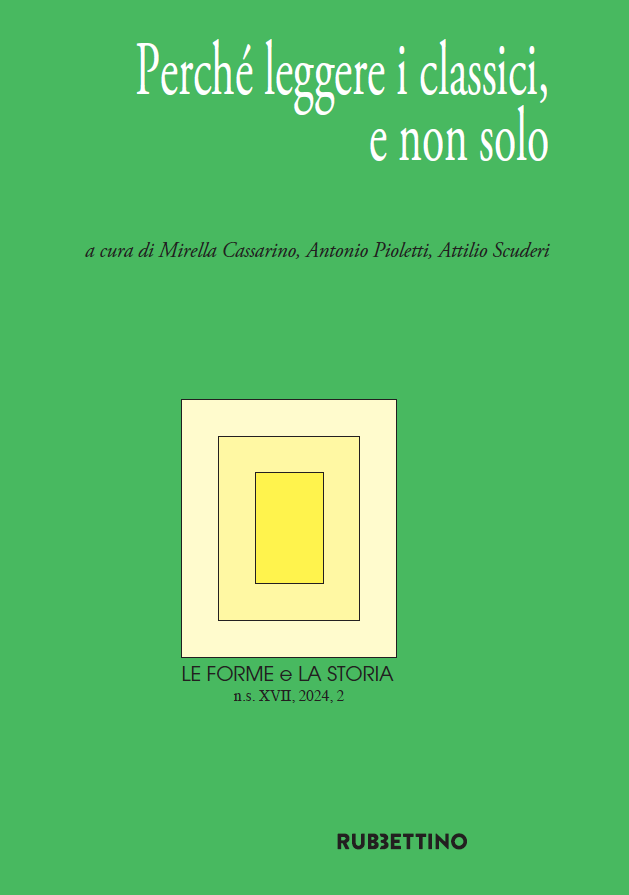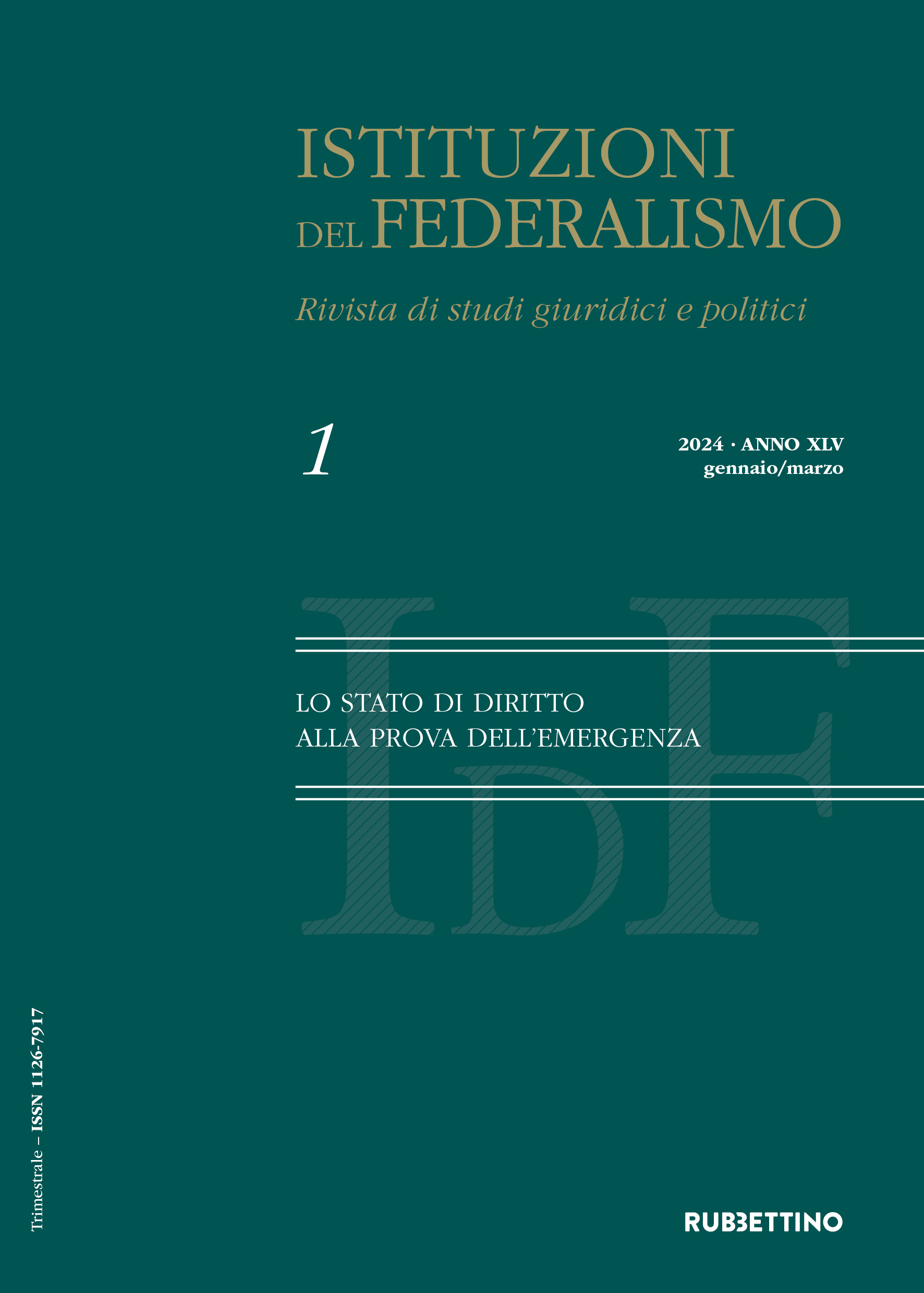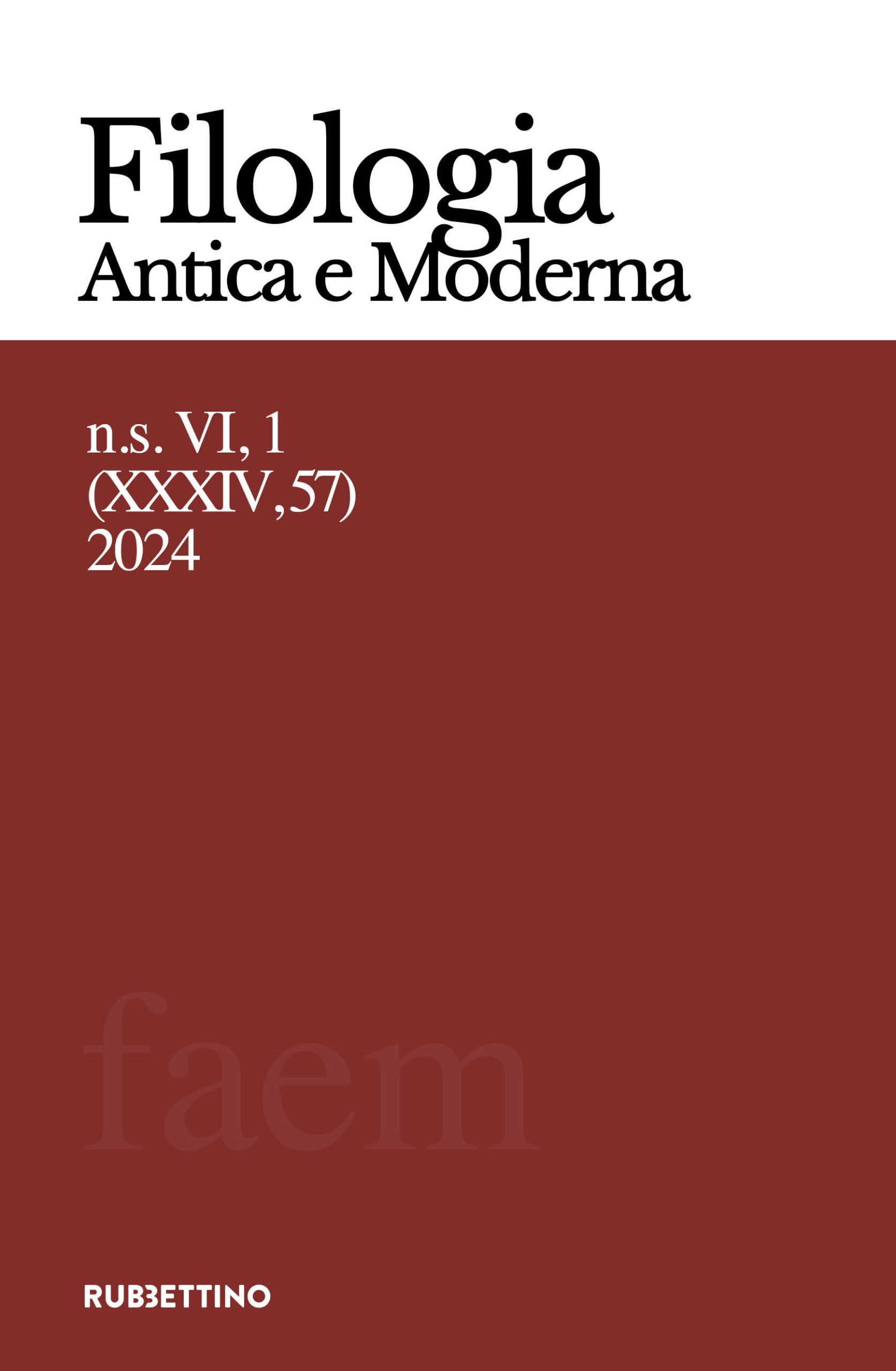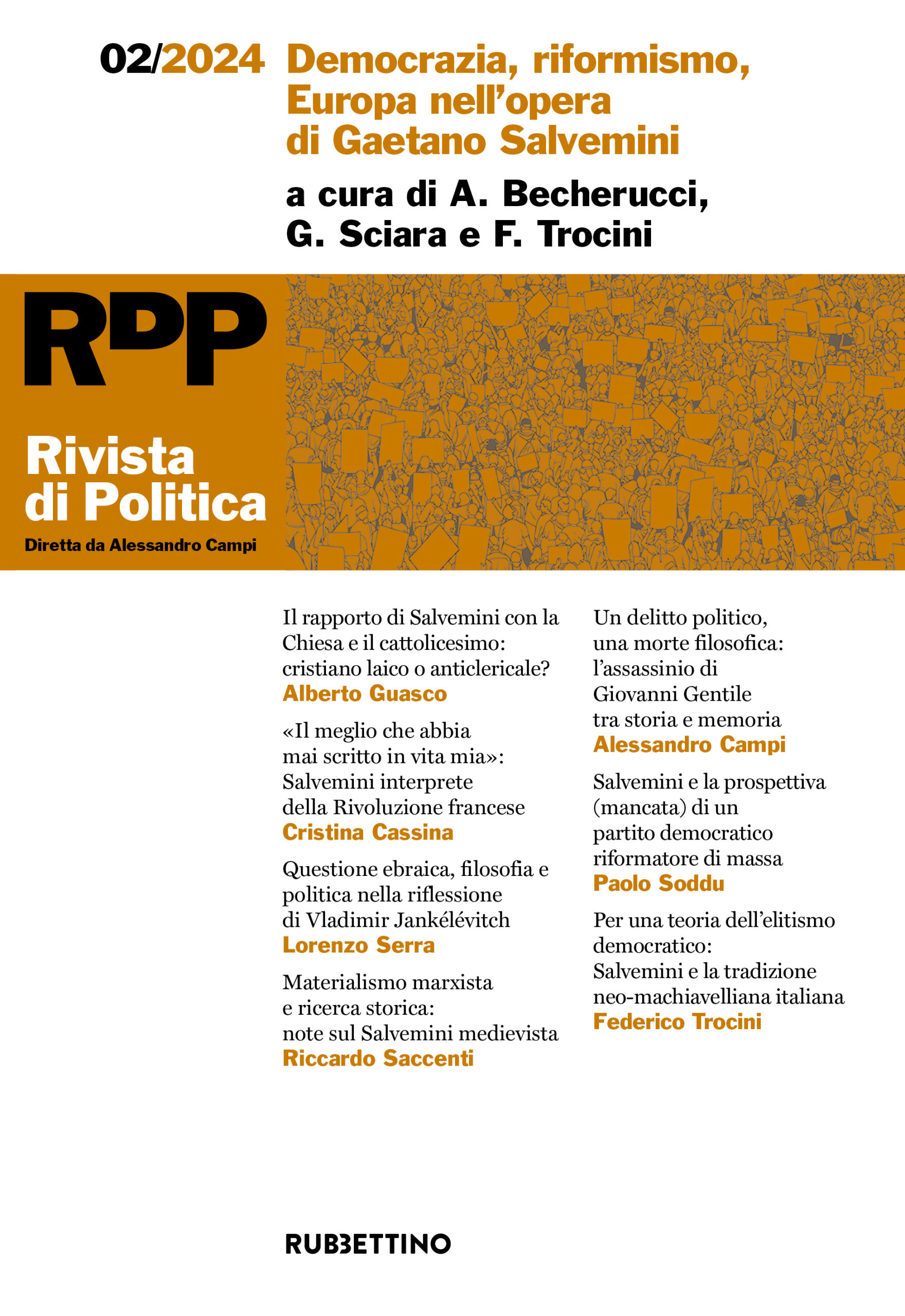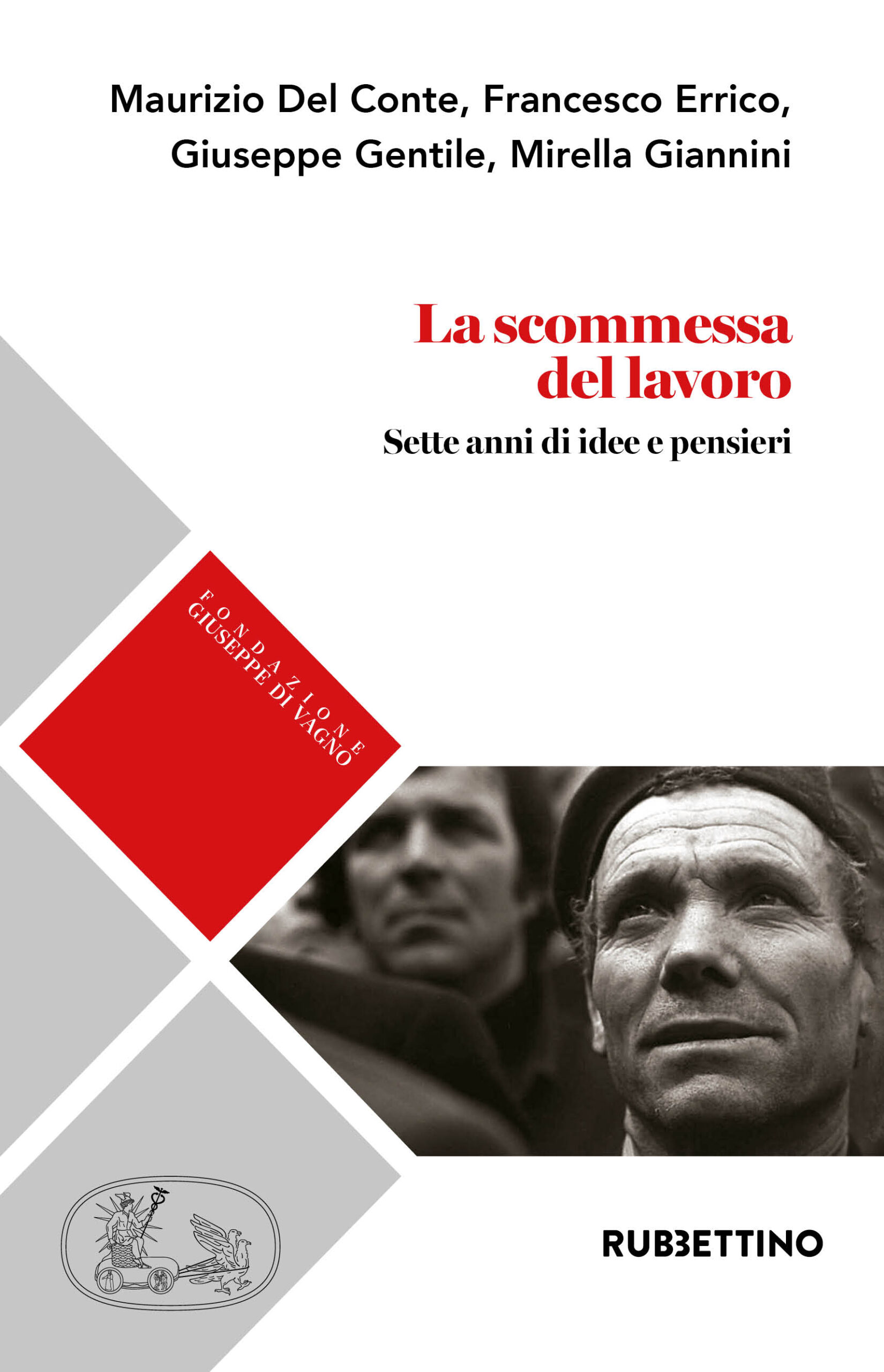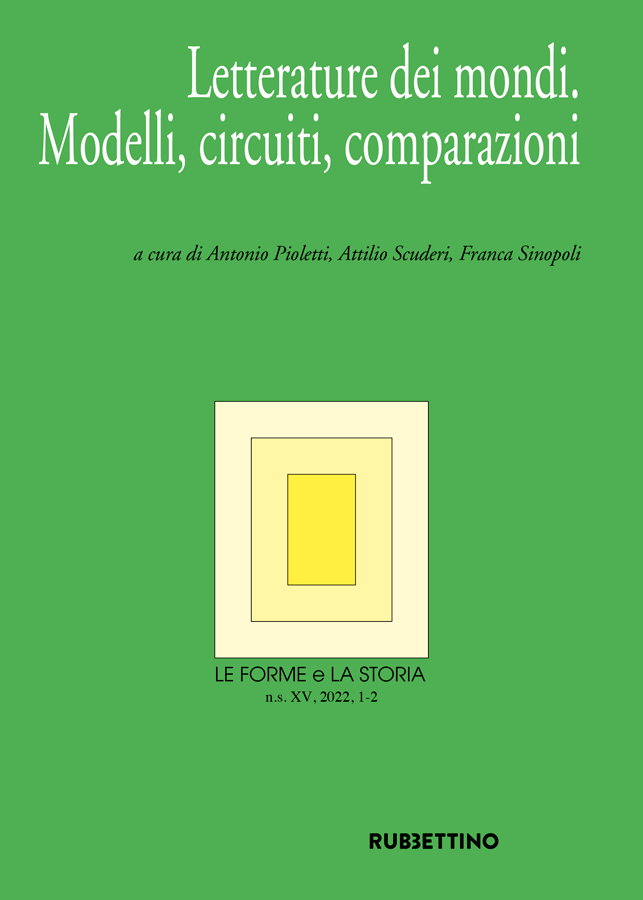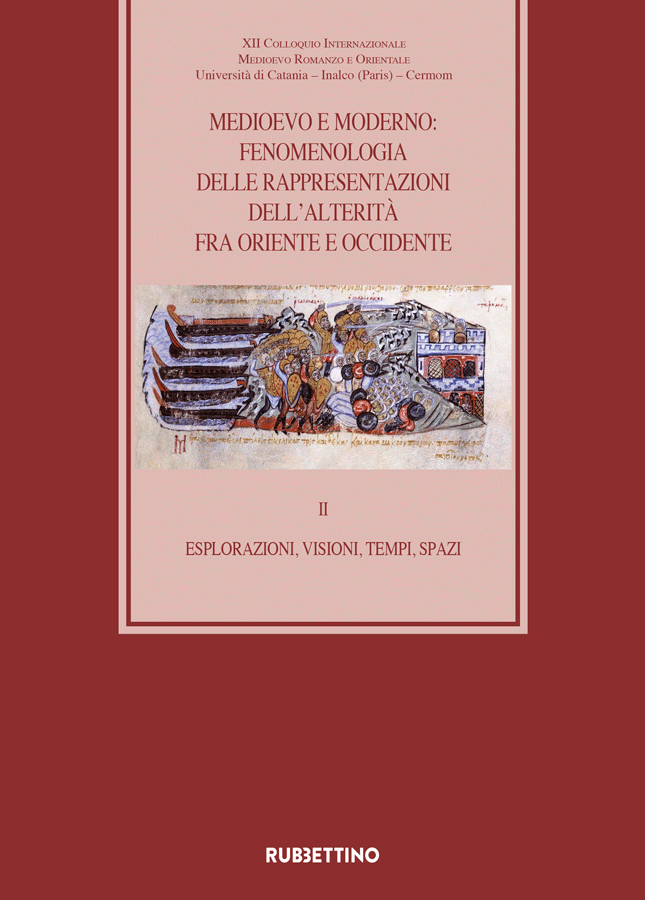Le forme e la storia ns XVII, 2024, 2
Perché leggere i classici, e non solo
a cura di Mirella Cassarino, Antonio Pioletti, Attilio Scuderi
Cartaceo
€14,25 €15,00
Camillo Neri
La traduzione come ascolto dell’altro
Translation as listening to the other
Some reflections on translation as an ethical practice and as a permanent exercise in listening and understanding differences.
Gino Ruozzi
Perché i classici
Because the classics
The theme
Camillo Neri
La traduzione come ascolto dell’altro
Translation as listening to the other
Some reflections on translation as an ethical practice and as a permanent exercise in listening and understanding differences.
Gino Ruozzi
Perché i classici
Because the classics
The theme of reading the classics interests society, schools, universities,
readers and writers. This essay compares the opinions of Italo Calvino, Benedetto Croce, Giuseppe Prezzolini, Alberto Savinio, Giuseppe Pontiggia, Alessandro Piperno, Susanna Tamaro and others, placing them in dialogue with the possible community of readers, those by “obligation” and those by “choice”.
Maria Serena Sapegno
L’altro sguardo sulla tradizione classica delle origini
The Other Look at the Classical Tradition of Origins
In the last thirty years, there have been numerous, and highly successful, reinterpretations by women writers of the great female characters of the classical tradition. These are not the first but have new features.
Mirella Cassarino
“Per questo leggiamo” il Kitāb al-Aghānī: spunti di riflessione su predecessori, “estasi musicale” e didattica
“This is why we read” the Kitāb al-Aghānī: Insights on Predecessors, “Musical Ecstasy” and Didactics
In my article, I intend to explain why, in my opinion, it is important to
read, reread and translate into other languages the Kitāb al-Aghānī by Abū al-Faraj al-Iṣfahānī, who died in Baghdad in 967. The work, as a gigantic anthology of Arabic culture and literature from pre-Islamic times to the 10th century, is in fact a ‘classic of classics’. The reflection on the importance of the Kitāb al-Aghānī, which is intertwined with a more general reflection on the classics in Arab culture, is supported by the analysis of an extract concerning musical ecstasy, i.e. a concrete example of what the single passages of which the anthology is composed can tell us. In our case, the passage on the ṭarab, for example, can convey a lot about music and musicians, the relationship between the latter and power, between music and poetry, court costumes, dance, the performative and didactic value of adab, and the very same ideology which the author, consciously or unconsciously, voices. In the concluding part, I offer a concrete scientific proposal on the translation of the work, some reflections on the didactics of the classics, and the function they can have in the education of the new generations.
Attilio Andreini
I Classici nella Cina antica
The Classics in Ancient China
The study of the reception of the Classics in China offers a compelling
view of how these texts’ meanings have evolved over the centuries, challenging the notion of a stable and “original”, authentic meaning. The Five Classics (Wǔjīng 五經), the cornerstone of elite education and the embodiment of imperial orthodoxy from the 2nd century BCE, have seen their interpretation and use change profoundly in response to shifting political and socio-cultural needs. The inseparable link between the classic and its commentary is crucial: Classics owe their authority to the interpretations that accompany and renew them. In this context, traditional distinctions between author and exegete, canon and commentary, often blur, revealing that a literary work’s meaning arises from an ongoing dialogue between the text and the myriad voices that reinterpret it over time.
Paolo La Marca
Rendere visibile il testo: dinamiche ludiche e culturali negli adattamenti manga della letteratura
Making the Text Visible: Ludic and Cultural Dynamics in Manga Adaptations
of Literature
This article explores the phenomenon of adaptations, with a specific focus on transforming classic literary works into manga format. Through the case study of the Hyakunin isshu, a renowned anthology of classical Japanese poetry, the research examines how these traditional poems are transformed into a contemporary visual narrative medium. The study investigates the techniques employed by manga artists to convey the essence and nuances of the original poems while making them accessible and engaging for modern audiences. It also discusses the impact of these adaptations on the preservation and dissemination of cultural heritage. By analyzing various manga versions of the Hya – kunin isshu and other literary works, the article aims to provide insights into the broader implications of intersemiotic translation in the context of cultural and literary studies.
Rossana Barcellona
I Vangeli “classici”?
The Gospels “classics”?
This paper attempts to answer the question: can the Gospels be included in the category of “Classic”? And for what purpose? It, in order to answer, resorts to the definitions contained in Italo Calvino’s essay that gives the title to the collection Perché leggere i classici. Calvino seems to say, in various ways, something about them.
Abdelfattah Kilito
Per questo leggiamo la letteratura classica
This is why we read classical literature
In this essay, the Moroccan scholar and writer Abdelfattah Kilito presents his own reflection on the concept of the classic in Arab culture. Among the important aspects he considers, there are the peculiar terminology and chronology used to define the phases of Arabic literature, the moments of rupture within its development – including those brought about by the Nahḍa and by colonialism –, certain canonical texts indicated as fundamental in school education, and the relationship between written texts and the Arabic language. Kilito raises numerous questions, interweaving scientific reflection with his own personal experience.
Tavola rotonda
Crisi della lettura o lettura come crisi? a cura di Attilio Scuderi
Attilio Scuderi
Apologia del lettore inquieto. Note su Calvino, classici e lettura
Apologia for the restless reader. Notes on Calvino, classics and reading
The Critical work of Italo Calvino is a fundamental crossroads of reflection on the teaching of reading and literature. In the Essay “Why read the Classics?”, few years before his Six Memos for the Next Millennium, Calvino proposes a new Reading Pact, for a new reader, and a new citizen of the Global World.
